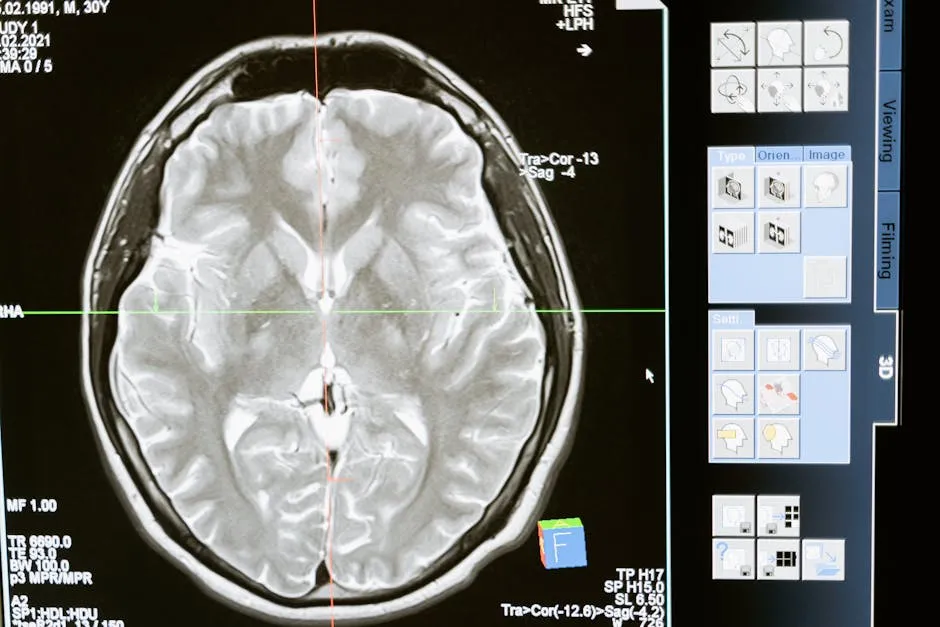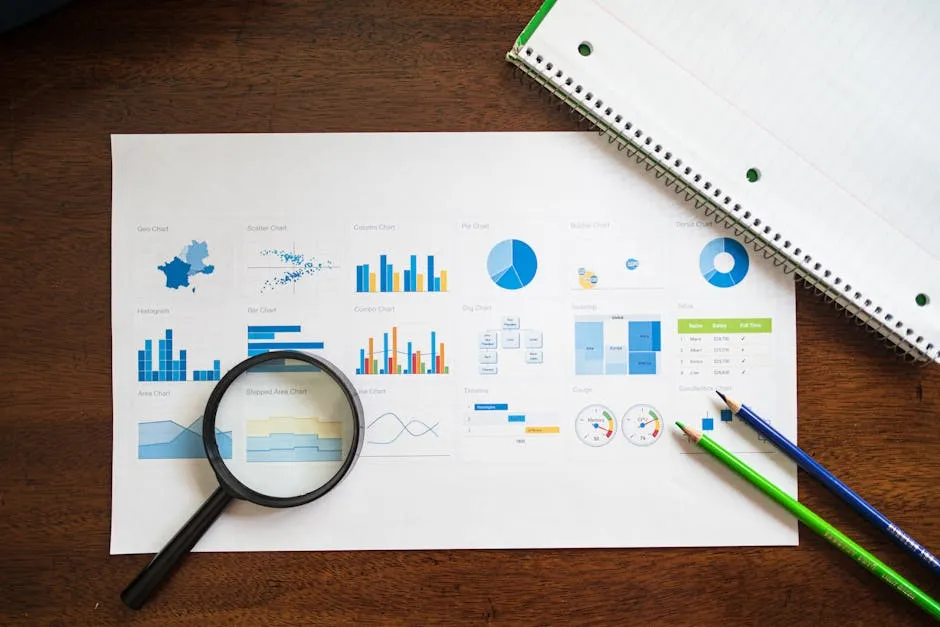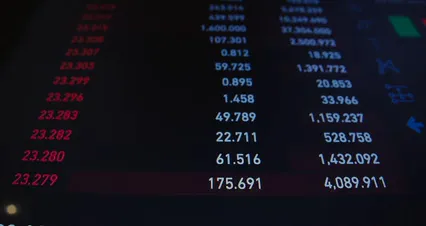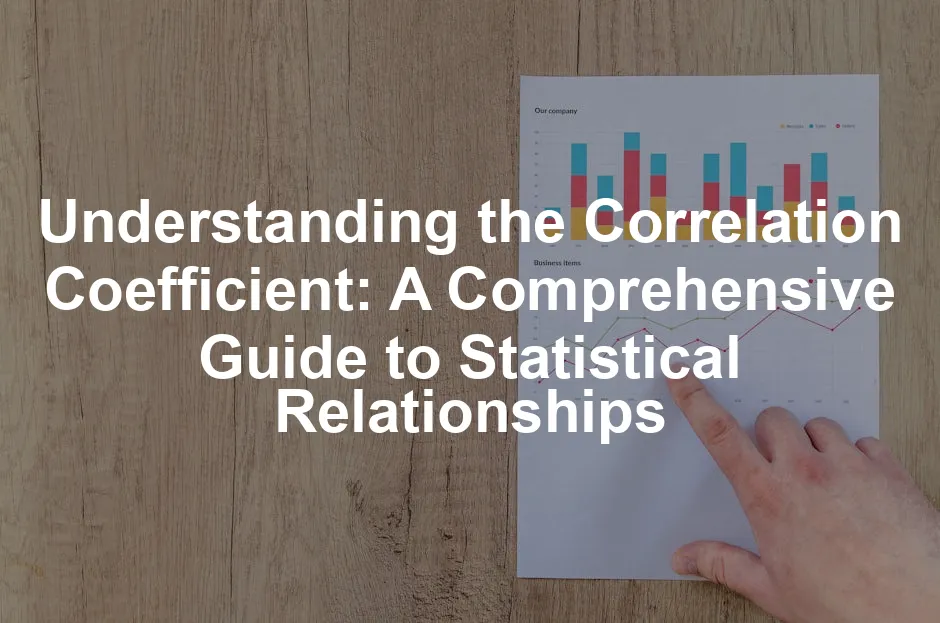Introduction
In the realm of statistics, the correlation coefficient is like a trusty compass guiding researchers through the often murky waters of data analysis. Whether you’re trying to understand the relationship between hours studied and test scores or the connection between ice cream sales and temperature, the correlation coefficient provides a numerical measure of how closely two variables are related. But beware! A high correlation doesn’t imply causation, and that’s where things can get tricky.
So, what exactly is this correlation coefficient? It’s a statistical measure that evaluates the strength and direction of a linear relationship between two variables, with values ranging from -1 to 1. A value of 1 indicates a perfect positive correlation, meaning as one variable increases, so does the other. Conversely, a value of -1 signifies a perfect negative correlation, indicating that as one variable increases, the other decreases. A coefficient of 0, on the other hand, means there is no correlation at all.
Correlations can be incredibly useful across various fields, including finance, healthcare, and social sciences. For instance, it can help investors predict market trends or assist healthcare professionals in understanding patient behaviors. But before you rush into conclusions based on correlation coefficients, remember: correlation does not imply causation.
To deepen your understanding of statistical concepts, consider picking up a Statistical Analysis Book. It’s a great way to get more familiar with the nuances of statistics and data analysis.
Understanding the importance of correlation in various fields can enhance your analytical skills. social sciences provide a great example of this.
In this article, we’ll unravel the mysteries of correlation coefficients, exploring their types, applications, and the limitations that every statistician must keep in mind. We’ll also provide practical examples and tips for interpreting these coefficients effectively. Let’s embark on this statistical adventure together and uncover the true power behind the correlation coefficient!
Through this exploration, you’ll gain a greater understanding of how this numerical measure can enhance your data analysis skills. Whether you’re a novice or a seasoned statistician, the correlation coefficient holds valuable insights ready to be discovered. So, fasten your seatbelt; it’s going to be a fun ride through the exciting world of statistical relationships!

Limitations and Misuse of Correlation Coefficients
Correlation coefficients are powerful statistical tools, but they come with significant limitations. First and foremost, it’s essential to highlight that correlation does not imply causation. Just because two variables move together does not mean one causes the other. For instance, if you find a strong correlation between ice cream sales and drowning incidents, it’s tempting to conclude that ice cream consumption leads to more drownings. However, the truth is that both are influenced by a third variable: warm weather. Misinterpretation can lead to erroneous conclusions, a common pitfall in statistical analysis.
Another limitation lies in the sensitivity of correlation coefficients to outliers. A single outlier can drastically skew results, creating the illusion of a stronger or weaker relationship than actually exists. Imagine a scenario where most data points suggest a weak correlation, but one outlier is an overachiever in a sea of underperformers. This outlier can create a misleading impression of a robust relationship when, in reality, the correlation is weak.
Moreover, correlation coefficients only measure linear relationships. Non-linear relationships can easily fly under the radar, leaving analysts unaware of the more complex dynamics at play. A classic example would be the relationship between stress and performance. Initially, as stress increases, performance might improve, hitting a peak before declining—this curvilinear nature won’t be captured adequately by a simple correlation coefficient.
Context also matters. An association that appears significant in one setting may not hold true in another. For example, a correlation between exercise and weight loss may be strong among a group of fitness enthusiasts but weak among those with sedentary lifestyles. The context can change how we interpret the data, making it crucial to consider underlying factors influencing the relationship.
As you ponder these limitations, consider enhancing your analytical toolkit with Excel for Dummies. This book can help you master data analysis techniques that will complement your understanding of correlation coefficients.
Lastly, it’s vital to remember that correlation coefficients do not provide insight into the strength or direction of a relationship. They merely provide a number that summarizes the degree of association. To truly understand relationships, analysts should complement correlation coefficients with additional analyses, such as regression techniques, which offer more nuanced insights. For more on statistical measures, check out a new statistical measure of signal similarity.
Understanding the limitations of correlation coefficients is crucial for accurate data analysis. practical significance versus statistical significance can help clarify these concepts.
In summary, while correlation coefficients are useful for identifying relationships between variables, they are not foolproof. Misinterpretation, sensitivity to outliers, linear limitations, contextual variability, and a lack of causal insight all pose challenges. By being aware of these issues, you can approach your data analysis with a more informed and critical perspective, avoiding the traps that often ensnare the unwary statistician. Recognizing these limitations empowers you to make more informed decisions and enhances your overall data analysis endeavors.

How to Calculate Correlation Coefficients
Calculating correlation coefficients is like baking a cake—follow the recipe, and you’ll end up with a delightful treat. Let’s focus on Pearson’s r, the most commonly used correlation coefficient. Here’s a simple step-by-step guide:
1. Collect Your Data: Gather the two variables you want to analyze. For example, you might want data on hours studied and test scores. Make sure you have paired observations for each participant.
2. Calculate the Means: Find the average for each variable. If your hours studied are [2, 3, 5, 7], the mean is (2+3+5+7)/4 = 4.75.
3. Determine Deviations: Subtract the mean from each observation to get the deviations. For hours studied, the deviations would be [-2.75, -1.75, 0.25, 2.25].
4. Find the Products of Deviations: Multiply the deviations for each pair of observations. For instance, if your test scores are [70, 80, 90, 75], calculate the product of deviations for each pair.
5. Calculate the Covariance: Sum the products of deviations and divide by the number of observations minus one. This gives you the covariance between the two variables.
6. Calculate the Standard Deviations: For each variable, square the deviations, sum them, divide by the number of observations minus one, and then take the square root. This gives you the standard deviation for each variable.
7. Compute Pearson’s r: Finally, divide the covariance by the product of the two standard deviations. The formula looks like this:
r = \frac{\text{Cov}(x, y)}{\sigma_x \sigma_y}
Where \sigma_x and \sigma_y are the standard deviations of x and y.

Example with Real Data
Let’s say we have the following data on hours studied and test scores:
| Hours Studied | Test Scores |
|---|---|
| 2 | 70 |
| 3 | 80 |
| 5 | 90 |
| 7 | 75 |
Following the steps above:
– Mean of hours studied: 4.25
– Mean of test scores: 78.75
Calculating deviations:
– Deviations for hours: [-2.25, -1.25, 0.75, 2.75]
– Deviations for scores: [-8.75, 1.25, 11.25, -3.75]
Now, find the products of deviations and compute the covariance and standard deviations. Finally, plug these into the Pearson formula to find the correlation coefficient, r.
Software Tools for Calculation
You can also use software tools to simplify the process. Excel, R, and Python make calculating correlation coefficients a breeze:
– Excel: Use the CORREL function. Just input your data ranges, and voilà, you have your correlation coefficient. For more on this, refer to descriptive statistics in Excel.
– R: The cor() function does the trick. Type cor(data$x, data$y) to get r.
– Python: Libraries like pandas offer a straightforward way. Use data.corr() to see the correlation matrix for your dataset.
These tools not only speed up calculations but also reduce human error, making your statistical analysis more reliable and efficient. If you’re looking for a user-friendly introduction to data analysis, consider checking out Python for Data Analysis.

Interpreting Correlation Coefficients
Now that you’ve calculated your correlation coefficient, how do you make sense of it? Correlation coefficients can range from -1 to 1. Here are some guidelines for interpreting them:
– 1: Perfect positive correlation. Both variables move in the same direction.
– -1: Perfect negative correlation. As one variable increases, the other decreases.
– 0: No correlation. Changes in one variable don’t affect the other.
The closer the value is to 1 or -1, the stronger the correlation. A value above 0.7 or below -0.7 is generally considered strong.

Common Misconceptions
It’s vital to remember that correlation does not imply causation. Just because two variables correlate doesn’t mean one causes the other. For instance, a high correlation between ice cream sales and drowning incidents doesn’t mean buying ice cream causes drowning—both may be influenced by warmer weather.
Importance of Visual Aids
Using scatter plots can aid in understanding the relationship between two variables. A scatter plot provides a visual representation, allowing you to see if the data points cluster around a line, indicating the strength and direction of the correlation. The trend line can help visualize the correlation even more clearly. If you want to get some quality scatter plot graph paper, check out Scatter Plot Graph Paper.

Applications of Correlation Coefficients in Various Fields
Correlation coefficients are not just numbers; they are the key to unlocking insights across different domains. Let’s take a fun ride through some practical applications!
Use in Finance: Investing Strategies
In finance, correlation coefficients are like the stock market’s compass. Investors rely on them to navigate the murky waters of market trends. By measuring the correlation between various assets, investors can create diversified portfolios. For instance, if stocks and bonds have a low correlation, mixing them can reduce overall risk. A positive correlation means they move together, while a negative correlation indicates they move in opposite directions. Understanding these relationships helps investors optimize their strategies and maximize returns.
Imagine a savvy investor who notices that tech stocks often rise when consumer confidence is high. By calculating the correlation, they realize that investing in tech during economic booms can be lucrative. Conversely, if they discover that gold prices tend to rise when stocks fall, they might choose to allocate funds to gold in uncertain times. This is correlation coefficients in action!

Applications in Healthcare: Medical Research
In healthcare, correlation coefficients play a vital role in medical research. Researchers analyze relationships between variables like treatment effectiveness and patient outcomes. For instance, a study may investigate the correlation between exercise frequency and blood pressure levels. A strong negative correlation suggests that higher exercise frequency is linked to lower blood pressure. This insight can guide treatment plans and lifestyle recommendations.
Take the COVID-19 pandemic as an example. Researchers used correlation coefficients to explore the relationship between vaccination rates and infection rates. By analyzing data, they found a significant negative correlation, suggesting that higher vaccination rates corresponded with lower infection rates. This information is crucial for public health policies and vaccination campaigns.

Relevance in Social Sciences: Behavioral Studies
Social scientists often use correlation coefficients to understand human behavior. Whether it’s studying the link between education and income or exploring the relationship between social media usage and mental health, these coefficients provide valuable insights. For example, a study might reveal a positive correlation between higher educational attainment and increased income levels. This information can influence educational policies and programs.
Moreover, researchers examining the impact of social media on mental health might find a positive correlation between excessive screen time and feelings of anxiety. Such findings can inform mental health interventions and awareness campaigns. In social sciences, correlation coefficients help us understand the intricate web of human interactions and societal trends.

Examples from Current Research Studies
Let’s look at some current research that utilizes correlation coefficients. A 2023 study published in the Malawi Medical Journal explored the relationship between maternal age and pregnancy outcomes. The researchers found a strong positive correlation, indicating that older mothers tended to have better outcomes. This finding can inform healthcare practices related to maternal age.
Another recent study in environmental science examined the correlation between air pollution levels and respiratory illnesses in urban areas. The researchers found a significant positive correlation, highlighting the need for policy changes to address air quality issues. Such studies demonstrate the real-world impact of correlation coefficients in addressing pressing societal challenges.

FAQs
Please let us know what you think about our content by leaving a comment down below!
Thank you for reading till here 🙂
And if you’re looking to spice things up in the kitchen after all this analysis, why not invest in an essential food processor? It’s a great tool for whipping up healthy meals while you ponder your next statistical project!
Lastly, don’t forget to hydrate! A set of reusable water bottles is a great investment for keeping you refreshed during your data crunching sessions!
All images from Pexels




